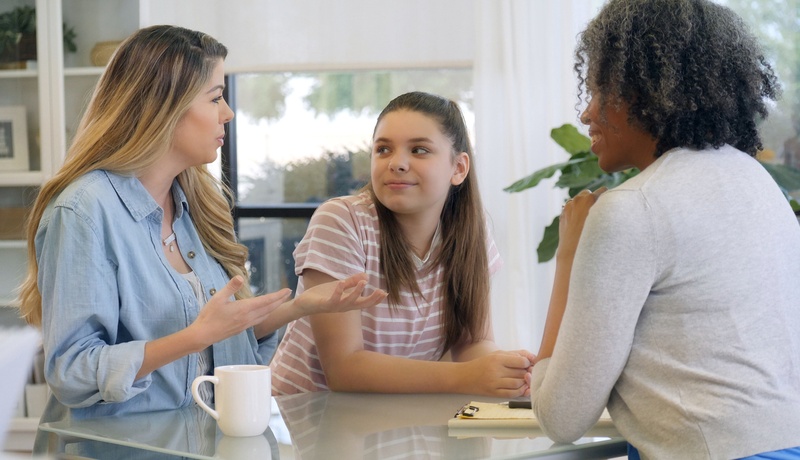Student-Parent-Teacher Collaboration for Success

Parents: how was your communication with your child’s teacher?
Teachers: were you able to connect and collaborate with parents?
Parents AND Teachers: what role did the student play in this relationship?
What worked and what could be done better?
Here are a few things to consider about communication between home and school:
Student-Teacher Communication
Natural Consequences vs. Avoiding Anxiety
- Teachers not only teach the curriculum. They help students build independence and resiliency. Often, teachable moments are the best ways to do this. This means that teachers support and guide students through experiencing natural consequences and the emotions that go along with them (e.g., anxiety, frustration, etc.). Did your child forget something at home? Encourage your child to manage the situation themselves and let the teacher know. This way, the teacher can help the student to problem solve and manage the situation and the resulting emotions. Teachers and students can plan together:
- Does the item really need to be dropped off at school?
- Can the student do without the item?
- What are some other options?
- • Is there another way to help them learn?
Resiliency, self-advocacy, and independence evolve when a student learns that a forgotten item is not world-ending, that they have options, and that they can manage their emotions through it all.
Parent-Teacher Communication:
When to Get Involved
It is always helpful for teachers to hear from parents.
- Did your student have a sleepless night?
- Refuse to do homework?
- Forget their medication?
- Family difficulties?
Parents are the expert of their child and their insights are invaluable to what goes on at school. Communicate what has worked for your child and what has not. Ask teachers to check in with you prior to introducing an intervention and to update you with the progress. Teachers work to support students, and by extension, families. The more information teachers have, the better. However, parents should only share what they feel comfortable with, and they should direct who the information should be shared with.
To get the new school year started off well, one of our favourite communication tools to set the stage for positive home-school communication for the year is the letter of introduction to teachers (https://www.additudemag.com/sample-letter-to-teachers/) that you can use to tell your child's teacher about their strengths, challenges and what has worked successfully for them in the past. With a classroom full of new students, it's a great way to help their new teacher learn about your child's strengths, challenges and strategies that have been successful in the past.
